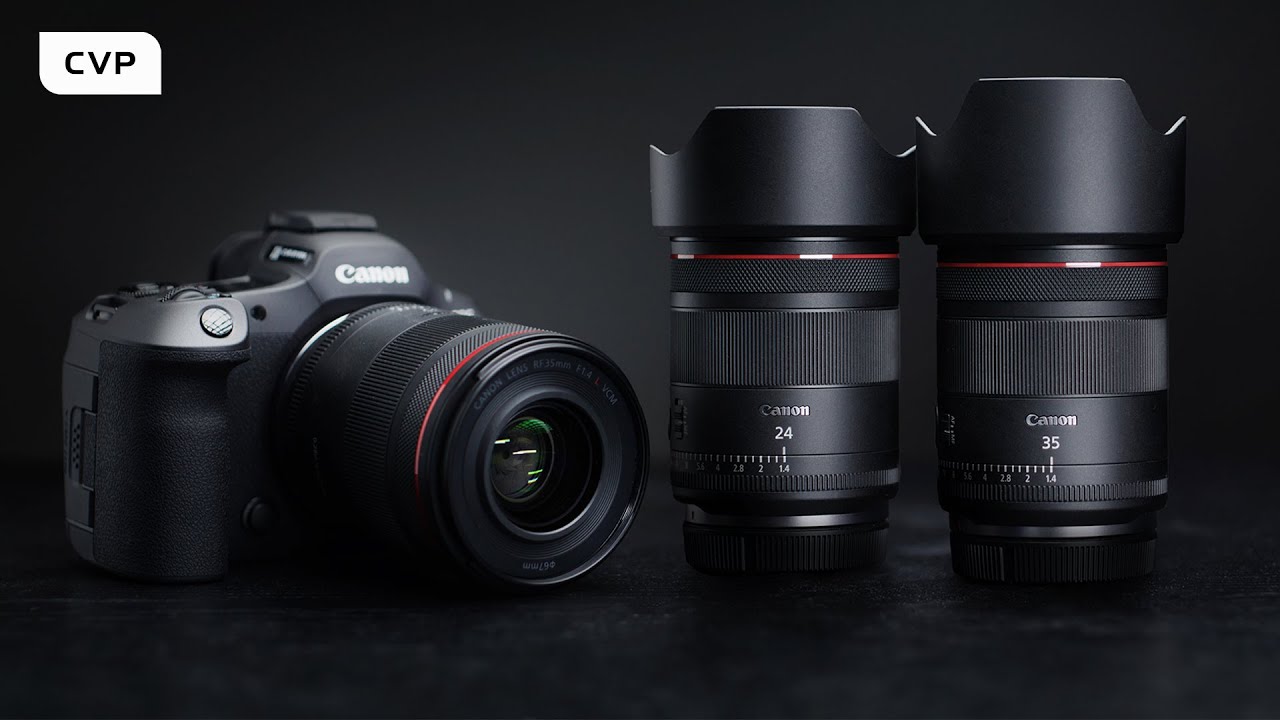Since when is a digital correction based on a sensor with a lower resolution than the lens better than a correction by the lens?
Have you seen the optical correction of the EF 17-40/4L? Compare that lens on the 5DsR to the digitally corrected corner of the RF 14-35/4L on a sensor with similar resolution (R5), and tell me which is more effective? Since the former is 'corrected by the lens', probably you like the top image better.
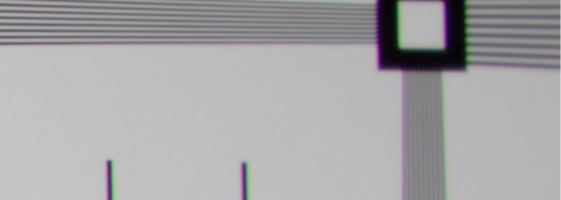
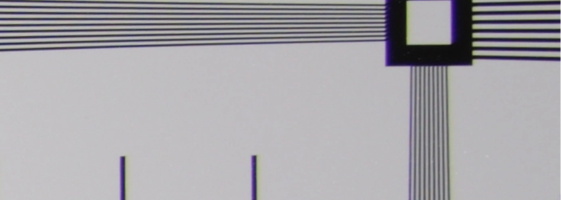
I hear you saying NO FAIR, you can't compare a cheap, old lens to a fancy new lens costing 2x. Ok, let's compare the much newer and similarly-priced EF 16-35/4 on the 5DsR to the RF 14-35/4 on the R5.
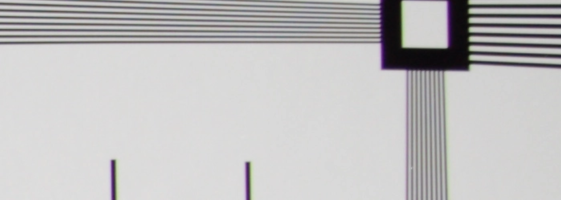
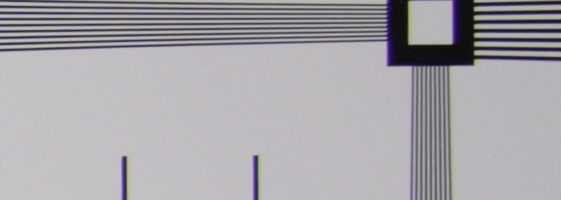
Nope, the digitally corrected corners are still sharper. Still NO FAIR you say, you can't compare different cameras. Ok, let's compare the more expensive and optically corrected RF 15-35/2.8 on the R5 with the digitally corrected RF 14-35/4 on the R5:
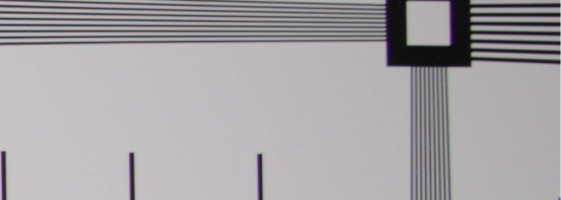
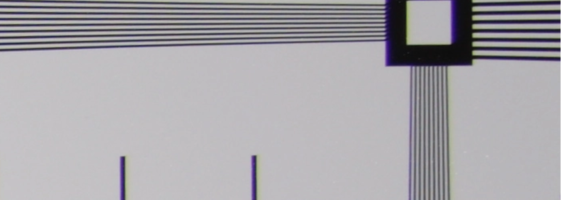
Not really seeing much difference there, are you? If anything, the digitally corrected 14-35/4 still looks a little bit better. As I've already mentioned, when I empirically tested the
RF 14-35/4 against the EF 11-24/4 at 14mm on the EOS R, the digitally-corrected corners of the 14-35/4 were as good as the corners of the much more expensive 11-24/4
at a focal length where distortion correction is not even needed.
I really don't get why people have this impression that optical correction is the ideal. There's no free lunch. As I said, the corners have to be stretched no matter what, making a wide angle lens rectilinear requires it, else the lenses would all be partial fisheyes.
The empirical data are all consistent with digital correction being at least as good as optical correction. It's unfortunate that so many people in this world prefer to believe their preconceived opinions instead of facts and data, and when challenged on it and asked to provide facts or data to support their opinion, they just repeat their opinion and append something like, "How can I be wrong when I know I'm right?"
Meanwhile, I'll keep waiting for someone to actually demonstrate that digital correction is inherently worse. I'm not going to hold my breath waiting for it, and sadly people will go on ignoring reality when it contradicts their opinion. I'd rather they do it on this particular issue than on some other issues that are going to become very, very relevant in five days here in the US.








